This post may contain affiliate links. Please see my disclosure policy for details.
Why Tree-Inspired Decor Actually Works (And It’s Not What You Think)
Contents
- Why Tree-Inspired Decor Actually Works (And It’s Not What You Think)
- The Angiosperm Approach: Bringing Flowering Tree Beauty Inside
- Gymnosperm Magic: Why Coniferous Design Elements Never Go Out of Style
- Hardwood vs. Softwood: Choosing Your Tree-Inspired Color Palette
- Regional Tree Inspiration: Making Location-Specific Choices
- Fruit Tree Elements: Adding Unexpected Pops of Color
- The Bark Factor: Texture That Actually Makes Sense
- Making Tree Height Work in Your Space
Here’s the thing about incorporating tree motifs into your home design. It’s not about literally recreating a forest in your living room.
The secret lies in understanding different tree characteristics and translating them into design elements that make sense for modern living.
Think about it:
- Deciduous trees offer seasonal flexibility in your decor
- Evergreen elements provide year-round structure and continuity
- Hardwood aesthetics bring warmth and sophistication
- Coniferous touches add texture and natural geometry
The Angiosperm Approach: Bringing Flowering Tree Beauty Inside
Angiosperms – those beautiful flowering trees like oaks, maples, and birches – are absolute goldmines for home decor inspiration.
Broadleaf Beauty: Making Big Leaf Patterns Work
Those wide, flat leaves that define most hardwood trees translate beautifully into:
- Wall stencils using maple or oak leaf patterns
- Fabric choices with subtle botanical prints
- Lighting fixtures that mimic the way sunlight filters through broad canopies
Seasonal Flexibility: The Deciduous Advantage
The best part about drawing inspiration from deciduous trees? You get built-in seasonal decorating themes.
Spring/Summer Look:
- Fresh greens and vibrant leaf patterns
- Light, airy fabrics
- Botanical artwork featuring new growth
Fall/Winter Transformation:
- Rich oranges, deep reds, golden yellows
- Textured throws that mimic bark patterns
- Bare branch arrangements in tall vases
Gymnosperm Magic: Why Coniferous Design Elements Never Go Out of Style
Gymnosperms – your pines, spruces, and cedars – are the workhorses of tree-inspired decor.
These cone-bearing beauties offer something deciduous trees can’t: consistent year-round appeal.
The Evergreen Advantage in Home Design
I absolutely love incorporating evergreen-inspired elements because they:
- Provide visual anchors that don’t need seasonal swapping
- Offer incredible texture variety (think needle patterns, cone shapes)
- Work with virtually any color scheme
Hardwood vs. Softwood: Choosing Your Tree-Inspired Color Palette
This is where understanding tree biology actually helps your decorating game.
Hardwoods (Angiosperms) suggest:
- Rich, deep colors
- Sophisticated earth tones
- Complex grain patterns in furniture and accessories
Softwoods (Gymnosperms) lean toward:
- Lighter, more neutral palettes
- Clean, simple lines
- Natural, unfinished textures
Regional Tree Inspiration: Making Location-Specific Choices
Want to know something cool? Different regions have signature trees that can inspire location-specific design themes.
Northeast Vibes: Sugar maple inspiration
- Deep amber and golden accents
- Syrup-warm wood tones
- Cozy, cabin-like textiles
Pacific Northwest Feel: Sitka spruce elements
- Cool blue-greens
- Clean, modern lines
- Rain-forest inspired textures
Southern Charm: Longleaf pine aesthetics
- Warm honey wood tones
- Rustic, weathered finishes
- Traditional, comfortable furniture styles
Fruit Tree Elements: Adding Unexpected Pops of Color
Here’s something most people overlook: fruit trees offer amazing seasonal color inspiration.
Cherry Tree Romance
- Soft pink accents in spring
- Dark wood furniture reminiscent of cherry timber
- Delicate branch patterns in wall art
Apple Tree Comfort
- Crisp red and green color combinations
- Rustic, farmhouse-style accessories
- Orchard-inspired kitchen elements
The Bark Factor: Texture That Actually Makes Sense
Nobody talks about bark in home decor, but they should.
Different tree barks offer incredible texture inspiration:
Smooth bark trees (like birch):
- Clean, white color schemes
- Minimalist furniture choices
- Uncluttered, serene spaces
Deeply ridged bark (like oak):
- Rich, layered textures in fabrics
- Complex patterns in rugs and throws
- Dramatic, statement furniture pieces
Peeling bark (like paper birch):
- Shabby chic, weathered finishes
- Layered, eclectic decorating styles
- Vintage, distressed accessories
Making Tree Height Work in Your Space
Trees grow up, and your decor should too.
Tall ceiling solutions:
- Floor-to-ceiling tree silhouette decals
- Tall, branching floor lamps
- Hanging planters at varying heights

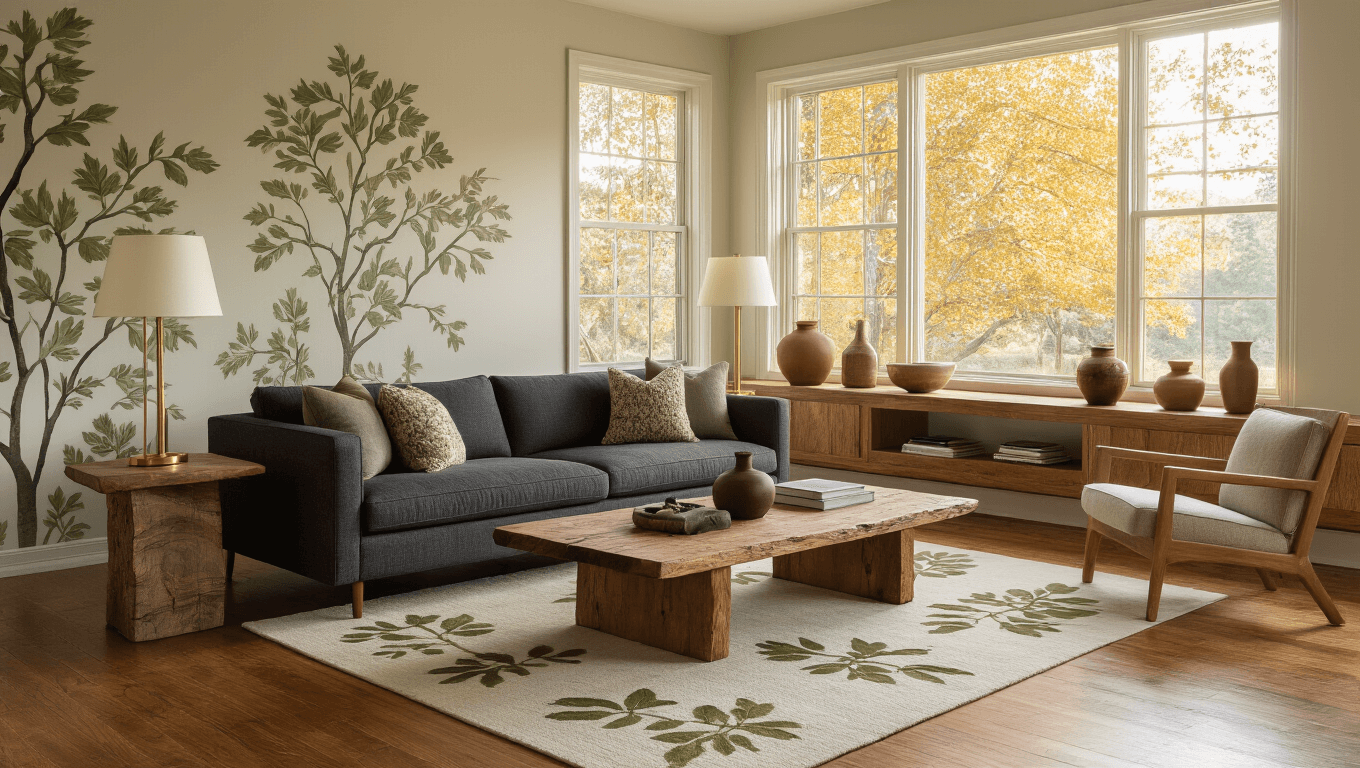
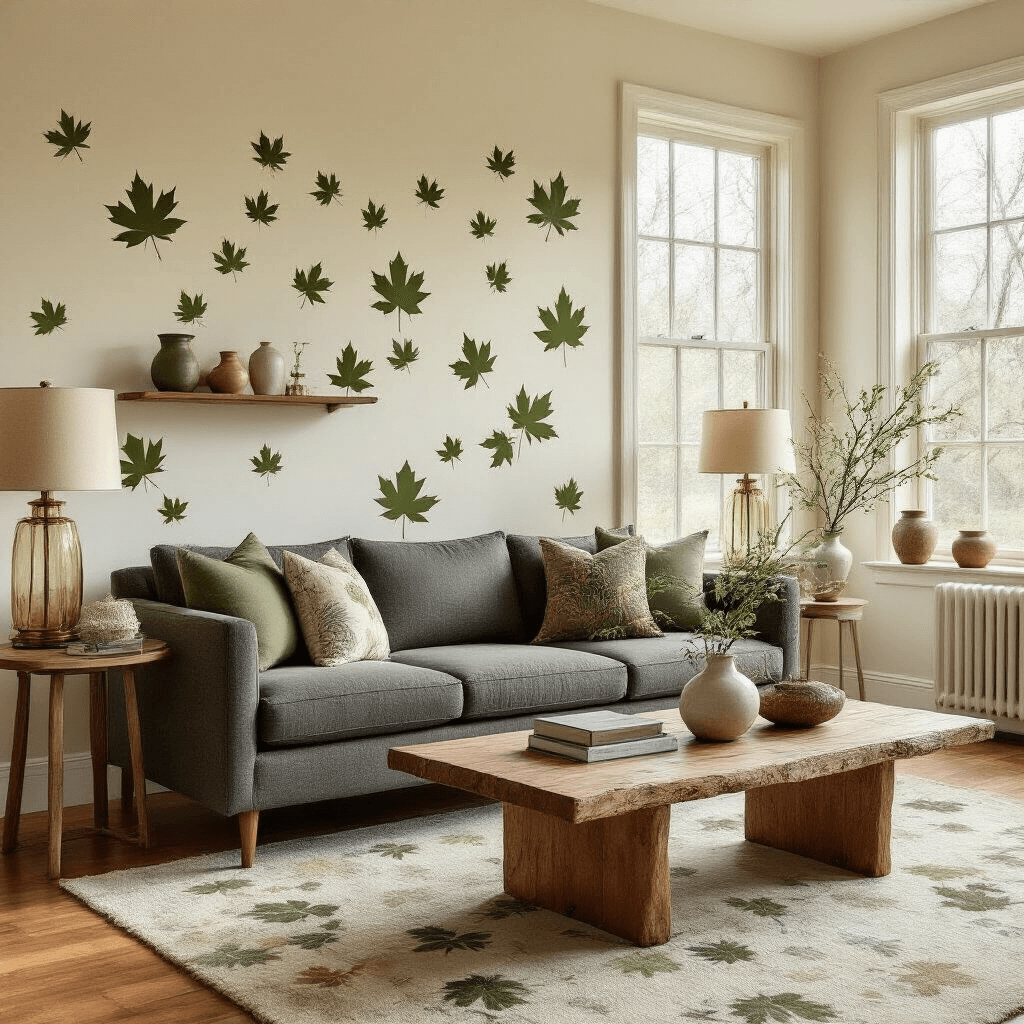
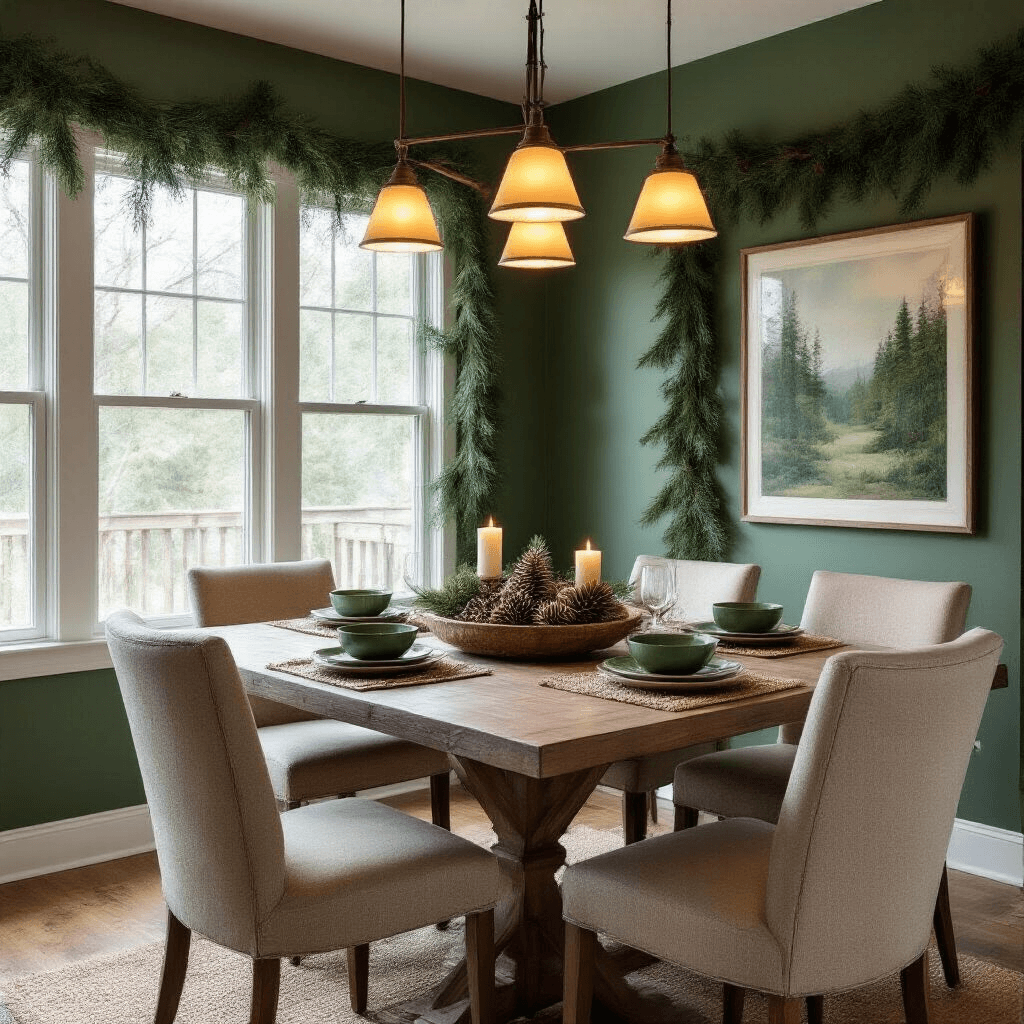
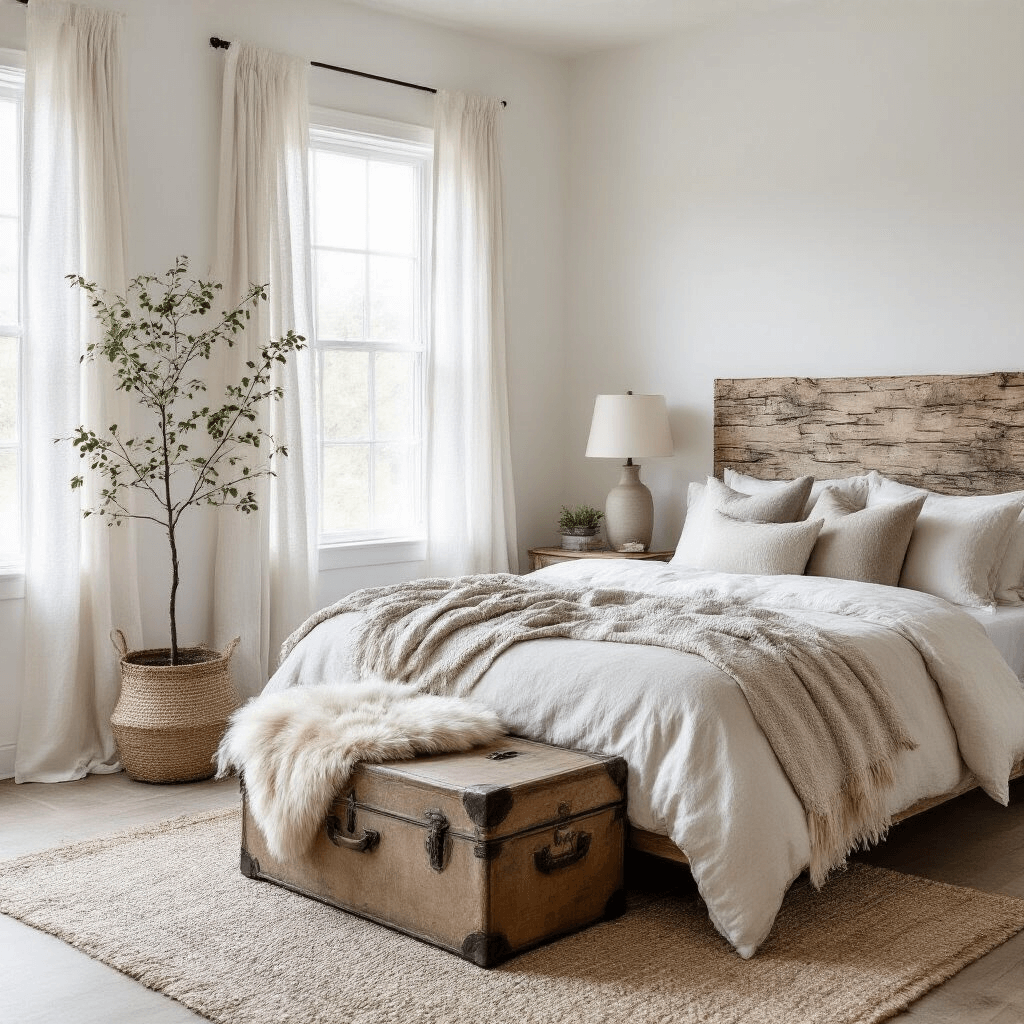
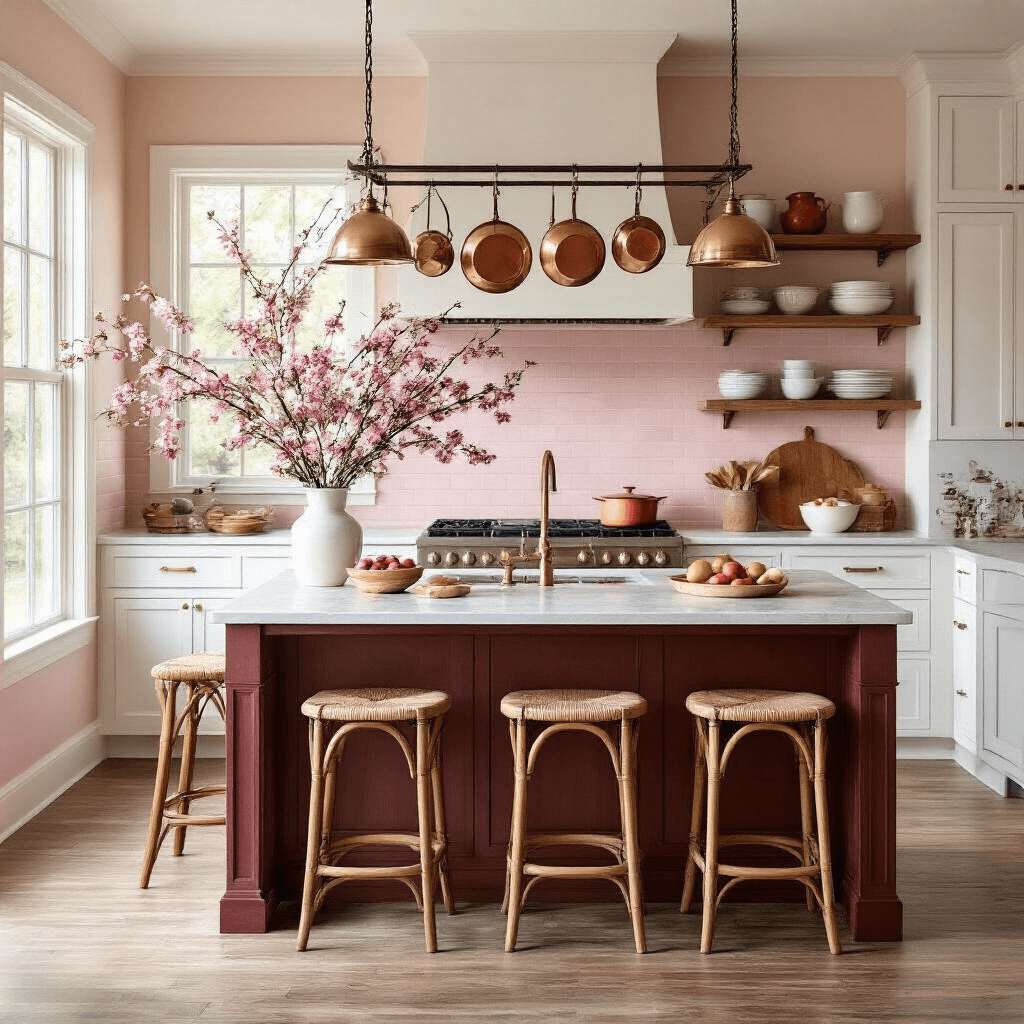
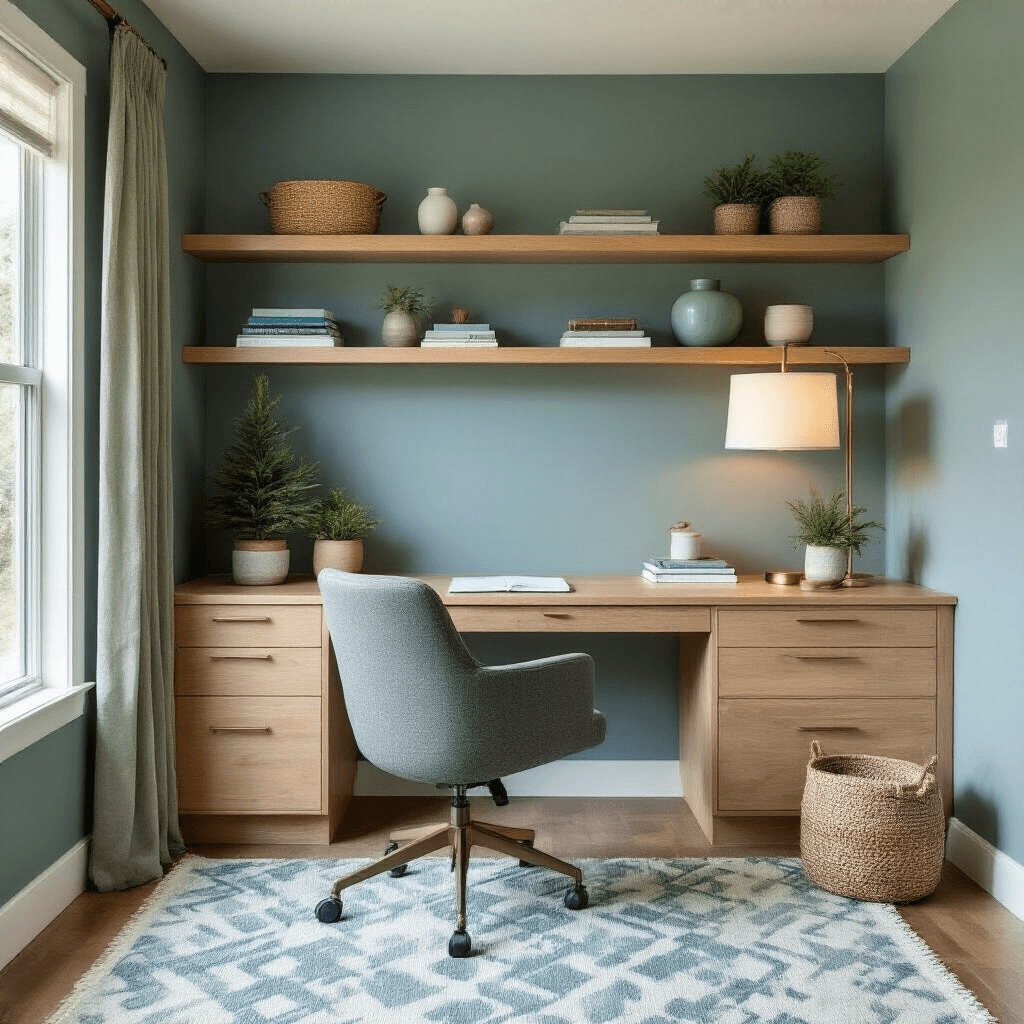
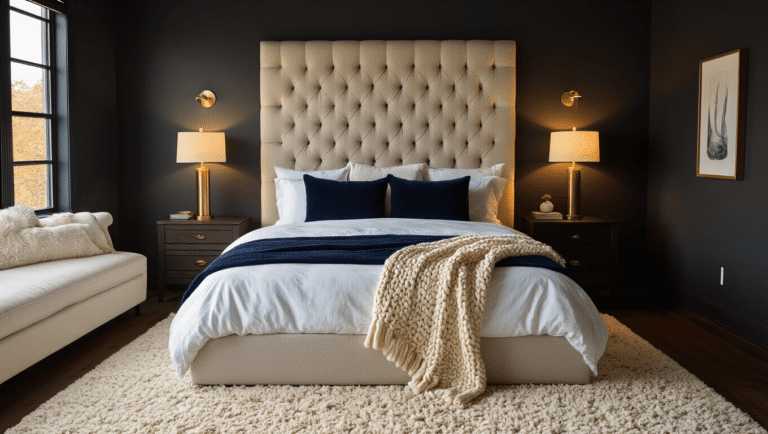
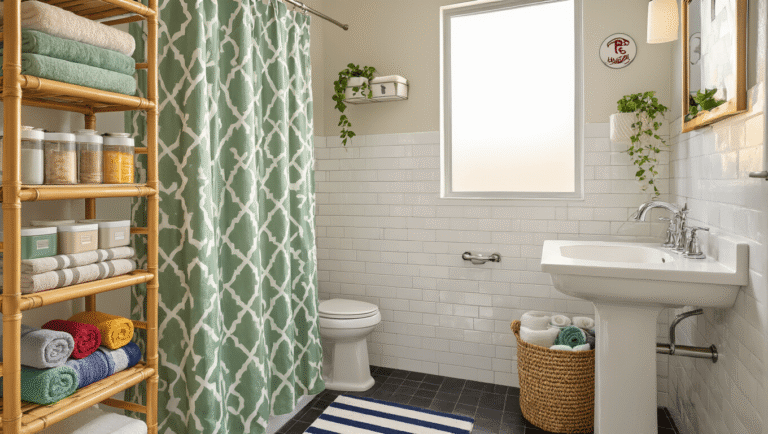
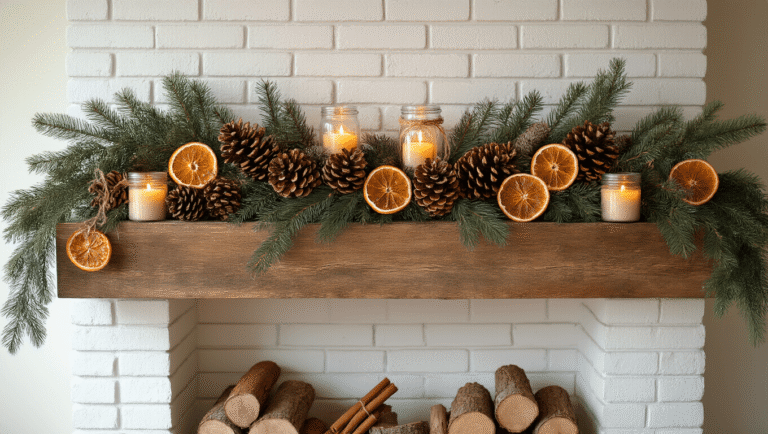
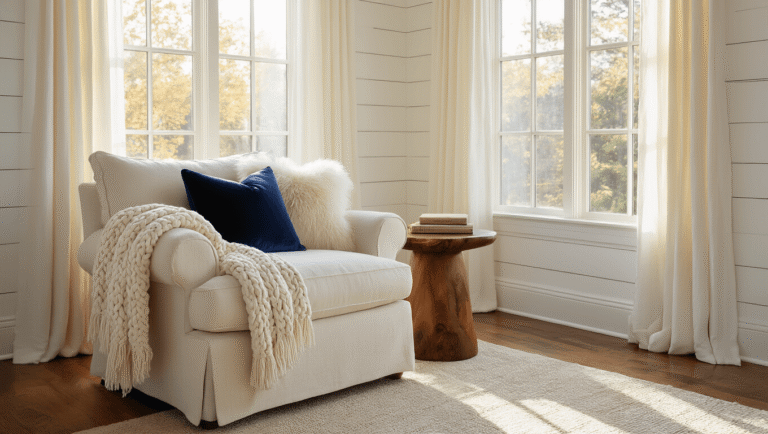
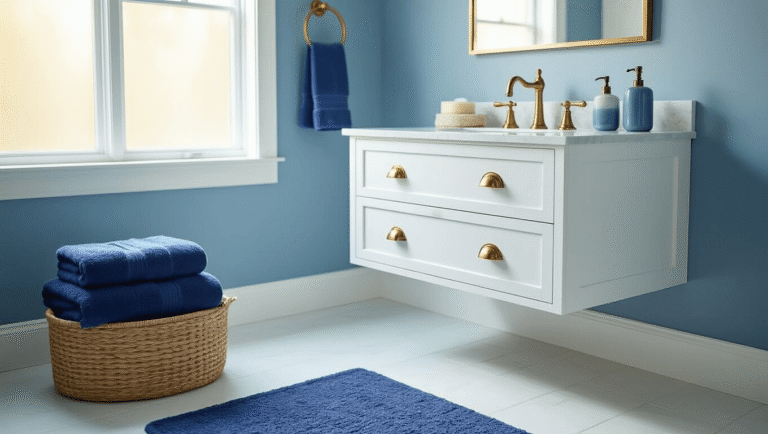
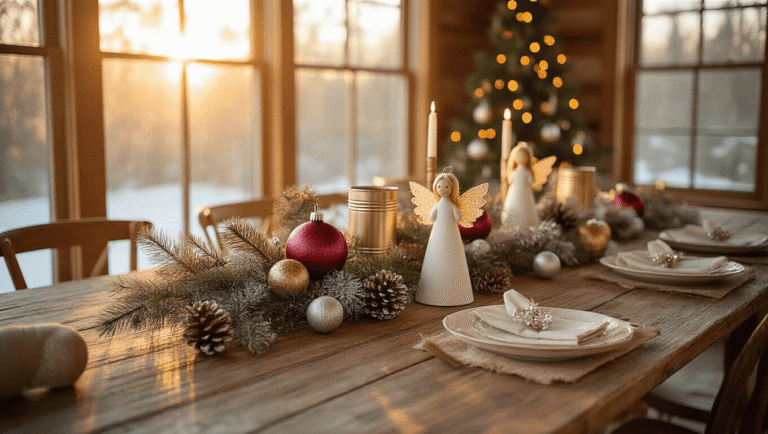
[…] Wood isn’t just versatile; it’s downright magical. It can be rustic, modern, bohemian, or minimalist – talk about a chameleon of materials! And let’s be honest, who doesn’t love the idea of bringing a bit of nature indoors? […]